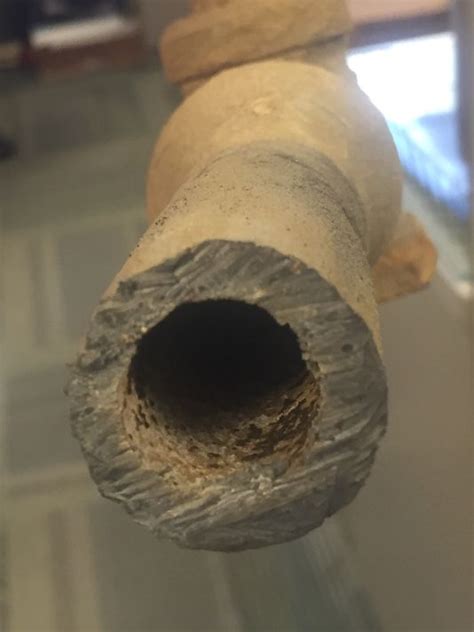The U.S. Environmental Protection Agency (USEPA), U.S. Housing and Urban Development (HUD), and U.S. Health and Human Services (HHS) have released the Federal Lead Action Plan to Reduce Childhood Lead Exposures and Associated Health Impacts (Lead Action Plan).
“The Federal Lead Action Plan will enhance the Trump Administration’s efforts to identify and reduce lead contamination while ensuring children impacted by lead exposure are getting the support and care they need,” says Andrew Wheeler, USEPA Acting Administrator. “EPA will develop an implementation plan by March 2019 that will enable us to track our progress and update the public as we work to carry out the action plan and mitigate childhood lead exposure.”
The Plan was developed through cross-governmental collaboration of the President’s Task Force on Environmental Health Risks and Safety Risks to Children (Task Force), which includes 17 federal departments and offices. The USEPA says the Lead Action Plan is a blueprint for reducing lead exposure and associated harms by working with a range of stakeholders, including States, Tribes and local communities, along with businesses, property owners and parents.
The four goals of the Lead Action Plan are:
- Goal 1: Reduce Children’s Exposure to Lead Sources
- Goal 2: Identify Lead-Exposed Children and Improve their Health Outcomes
- Goal 3: Communicate More Effectively with Stakeholders
- Goal 4: Support and Conduct Critical Research to Inform Efforts to Reduce Lead Exposures and Related Health Risks
The USEPA says it is committed to developing an implementation plan by March 2019 that will include performance metrics for monitoring progress and demonstrating accountability for USEPA actions identified in the Lead Action Plan. The agency also commits to providing periodic updates on the progress of these actions.
USEPA Region 6, which includes Arkansas, Louisiana, New Mexico, Oklahoma, Texas and 66 Tribes, has already undertaken several projects in support of the Plan. Drinking water and laboratory staff are working with the Indian Health Service, Bureau of Indian Education and Tribal Leadership, as well as water utilities to test drinking water for lead at 83 Tribal schools and day care facilities. The results are being shared with Tribes so they can act to reduce exposure where necessary.
To access the Federal Lead Action Plan to Reduce Childhood Lead Exposures and Associated Health Impacts (Lead Action Plan) in its entirety, click here.

